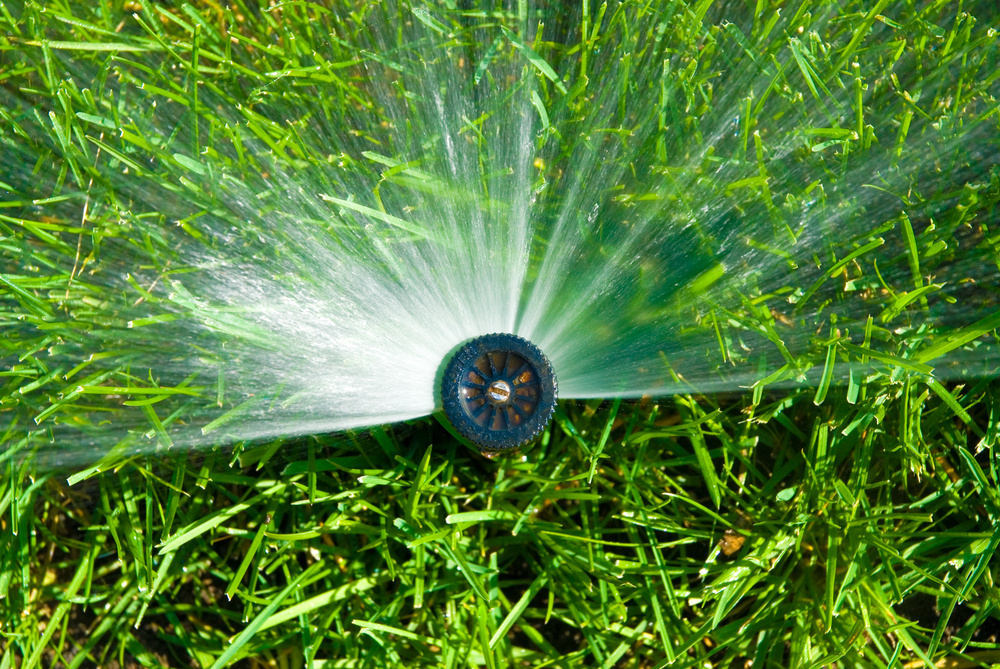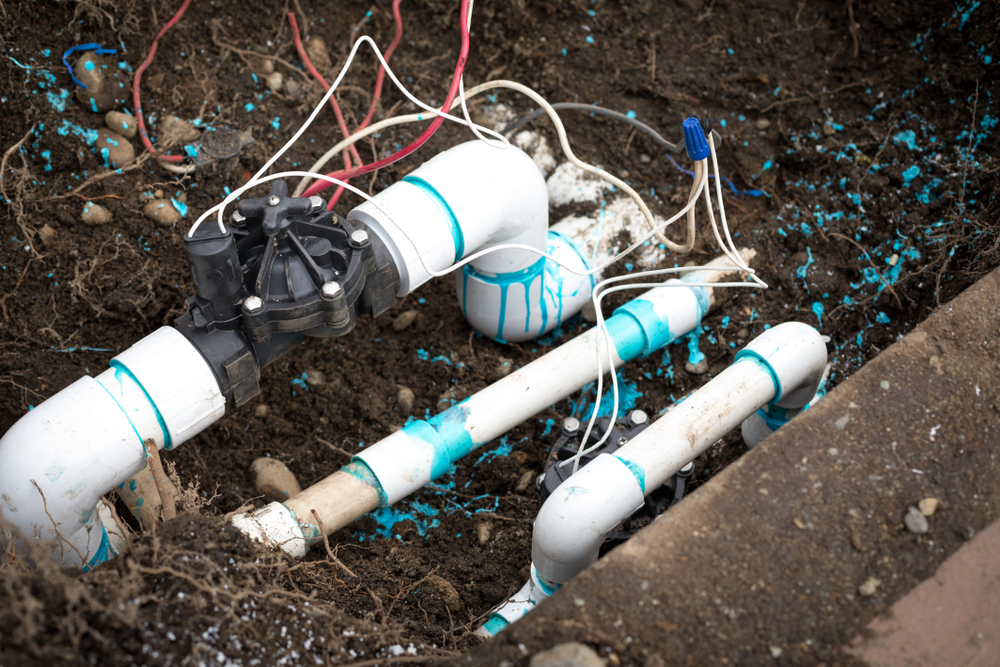If you consider yourself the serious gardener, chances are you’re going to want to find ways to manage your garden much more effectively and efficiently. After all, just having your garden “there” doesn’t guarantee good growth, and this can be a matter of making or breaking it if you make produce with your plants. If you’ve heard of underground irrigation and you want to apply it to your garden, then this article is for you. Here are some of the best plumbing tips to help with underground irrigation for gardens, especially if you want to take your garden to the next level.
Underground Irrigation: How Does It Help
Perhaps one of the most important questions concerning underground irrigation for gardens is if this system is actually beneficial for you. In fact, underground irrigation, or drip irrigation, can be considered one of the most efficient irrigation types today.
- Underground irrigation is much more efficient when it comes to dealing with a small number of individual plants, or for a small yard - which makes it practical for small gardens or home gardens.
- Drip irrigation is also much more efficient when it comes to supplying one (1) to four (4) gallons of water every hour, which it does directly onto the plants. This makes it a much more effective method of irrigation for plants that need more water.
- There’s little to no water loss due to runoff or evaporation when using drip irrigation, unlike when using sprinklers.
- Underground irrigation can help mulched areas get irrigated better as it directly soaks the soil without washing the mulch.

With these benefits in mind, you may find a drip irrigation system as quite the attractive prospect when it comes to choosing an irrigation system for your garden. Here are the best plumbing tips to help with underground irrigation for gardens:
- Don’t neglect on supervision and professional assistance: If you feel as though you’re stuck anywhere in the process of installing and maintaining your irrigation system, don’t hesitate seeking the help of plumbing companies in Toronto, or in your particular area. It’s important to get their insight on the matter before proceeding so you can have a good approximation of what you’re doing right and where you may have gone wrong in order to properly troubleshoot your progress. Neglecting on assistance when it can be availed can cost you a lot of money, especially money you spent on the supplies that might be put to waste.
- Prepare the trenches with adequate water: Before you dig the trenches, water the soil around the area thoroughly a day or two prior to digging to soften the soil. Don’t wet it to the point of creating mud, however. This makes it easier for you to dig the trenches for the system. As you trench, periodically add water to the area to keep dust away from you. If you plan on digging the trenches by hand, consider planning the areas by “sections” so you don’t have a lot of open trenches at the same time. Remember, the bottom of the trenches need to be as smooth as possible.
- Be wary of pipe materials and trench depth: The depth of the pipe in some areas depend on the kind of government ordinances that exist. For instance, in Southern and Western USA, government ordinances have particular measurements set for pipe depth in order to promote water conservation. For instance, in these areas, all plastic mainline pipe should be underground at least 18-inches deep. Lateral pipes, meanwhile, are normally around eight (8) to ten (10) inches deep. Again, these depend on the particulars in terms of rules of the land.
- Stay sharp and alert for things that would indicate disrepair and malfunction: Underground irrigation for your gardens can be challenging because they work underground, and therefore not always in plain sight. As such, you should be aware by now of various things that may go wrong when it comes to the functionalities of the system. You can speak with the aforementioned plumbing company in order to get a comprehensive list of things you should be aware of in order to avoid further complications with your system.
- Be wary of weather complications: You also need to be extra wary of various conditions of climate and weather that might affect the installation of your pipes. For instance, freezing temperatures can freeze water inside the sprinkler heads, emitters, valves, and pipes, which can spell trouble for your entire irrigation system. Try to ask for advice as to what to do in these particular situations, as these also depend on the kind of setup you have.
Conclusion: Sophistication Arrives With Efficient Execution
If you’ve ever been an avid gardening enthusiast, you’ve likely explored a lot of options to expand your beloved garden. Chances are, you may have thought of using underground irrigation as a means to bring your gardening game to the next level - as after all, underground irrigation does have its own sets of perks and advantages for the conventional gardener. With the best plumbing tips above, hopefully your quest to help with underground irrigation for gardens can be done with much more confidence in both planning and execution. Remember, sophistication arrives with efficient execution, which means it’s always a good step to get this guide with you while carefully planning your underground irrigation system.
Author
 Gregory Mills
Gregory Mills
Gregory Mills is a contributor for Advanced Plumbing Drains and Heating, and he is known for his unique and creative take on his pieces. As a writer, he understands the need for content to be interesting and informative at the same time, and as such Gregory always tries to find ways to make his pieces something his readers would appreciate. He loves grilling when he has the time.
